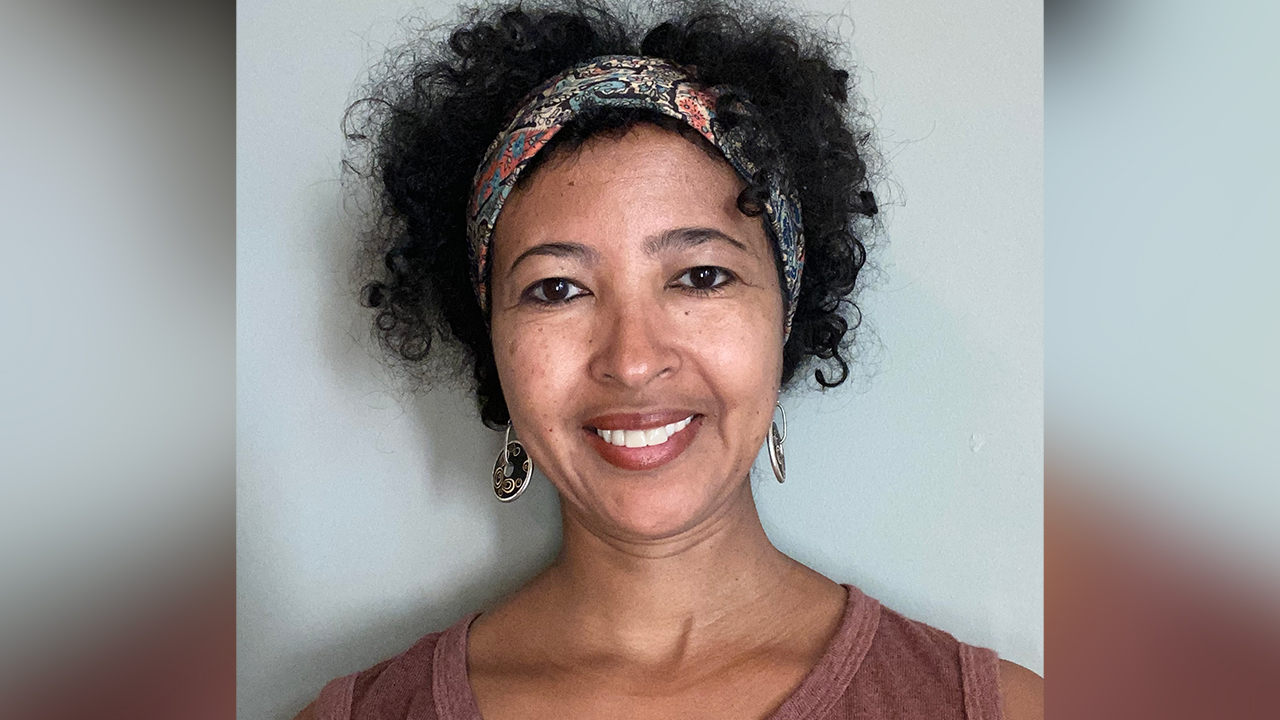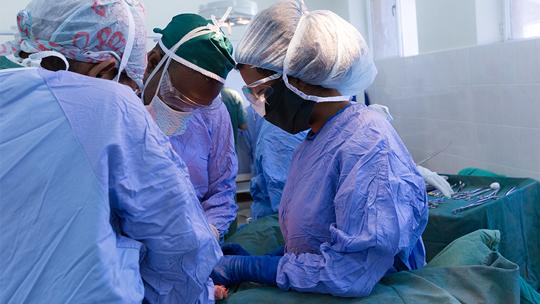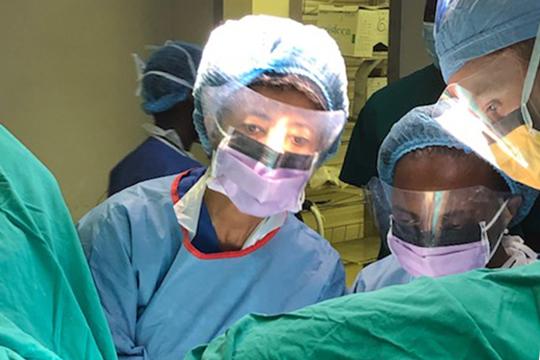
Dr. Rahel Nardos has focused her career on elevating the health of women in underserved communities. Nardos is an associate professor in the University of Minnesota's Division of Female Pelvic Medicine and Reconstructive Surgery and is the director of Global Women's Health at the Center for Global Health and Social Responsibility.
"My passion is really in improving the quality of care for women, both locally and globally, and advancing health equity and access to care,” said Nardos. “But my bigger vision is making sure that women and girls have the capacity to realize their full potential. No matter where they live or what the circumstances of their births are."
Nardos's current work is focused on safe surgery for women, especially with pelvic floor surgeries. Originally from Ethiopia, Nardos gained experience teaching and performing pelvic reconstructive surgery in low-resource areas of the world. This helped her understand firsthand the challenges that surgeons in low- and middle-income countries face. “Sometimes we struggle to find the right instrument to perform surgeries because a lot of the surgical equipment or instruments are designed for Western markets,” said Nardos, “The companies making these devices are usually located in high-income countries which means that the devices they’re making are often not affordable or accessible for people in low-resource countries.”
For example, Nardos is currently supporting a urogynecology fellowship training program in Ethiopia where she is teaching a group of surgeons in Ethiopia about pelvic reconstructive surgery. One of the most important tools in doing that surgery vaginally is a disposable device that requires very specialized sutures to use it.

“These devices are not available or easy to access in countries like Ethiopia and many of the other partner countries where I teach,” said Nardos, “Instead of using that device, we are forced to use old archaic devices that are reusable, but that aren’t really in production anymore, so we literally have to buy them off Craigslist or eBay to be able to get them.” These devices are difficult to use and there can be a higher risk of complications, like bleeding, because the surgeons must perform the surgery in a more invasive way with these instruments. Plus, these devices have not had any recent design improvements because very few people in high-income settings use these tools anymore.
Nardos decided to design a better tool that is affordable, reusable, more environmentally sustainable, and leverages locally available sutures. Nardos pitched this idea to design a better tool to the people who coordinate the Carlson School of Management and Institute for Engineering and Medicine New Product Design and Business Development graduate course.
They liked her idea and assigned graduate students and a faculty member, Dr. Tinen Iles, to help her develop this product by conducting voice-of-customer interviews with Ethiopian surgeons, as well as global health leaders and international biomedical engineering experts. These interviews helped the team better understand how to design the new tool to meet the needs of the surgeons so that it can be easily sterilized and maintained locally.
The students learned a great deal about how to develop a product that can have a huge social and environmental impact, and they came up with their first prototype by the end of 2021. “The work of Dr. Nardos and Dr. Iles is inspiring and has introduced me to new opportunities to apply my mechanical engineering knowledge,” said one student. In 2022, a different set of students worked on ways to improve a certain set of features of the tool to create the second prototype.
Nardos and her team recently submitted a provisional patent for this new tool with help from the UMN Technology Commercialization team. “Tech Comm has been really helpful in helping us figure out next steps and finding sources of funding, such as grants,” said Nardos. The team recently received funding from ODAT that will allow them to partner with a local industry to further refine the prototype, perform bench testing, and get it ready for the final stage of prototyping before the manufacturing stage.

“It’s been an exciting journey,” said Nardos. “Now we hope to get external funds we need to get our tool to the manufacturing and clinical testing phase, so we can get it in the hands of surgeons in low and middle income countries who need to use it to restore the quality of life of women who suffer from devastating pelvic floor conditions after childbirth.”
Visit University Inventors to learn more about working with the Tech Comm office and find the commercialization resources to help you increase your own research impact.